Bridges, no matter how small or insignificant, are masterpieces in their own right. There is always a candid charm that comes along with reference to bridges. All the important and not so important bridges I have seen so far have made me realize that constructing a bridge is more an art form rather than a form of engineering. They are not just architectural marvels, but a form of poetry. By that logic, the Root Bridges of Meghalaya then, are a living, breathing form of poetry that grows on you as you reach the unknown, remote village of Nongriat near Cherrapunjee.
I first came to know about these living root bridges of Meghalaya through a documentary by National Geographic where actress Freida Pinto took on a challenge to trek to the remote village of Nongriat, braving the famous rains of Meghalaya. Ever since then, I nursed a dream to trek through the Khasi hills and see these bridges which have lived to narrate their stories from nearly 200 years ago. Living Root Bridges are a form of tree shaping techniques from Meghalaya, handmade from the aerial roots of Rubber Fig Trees. Planning a trip to Meghalaya was a mammoth task but work kept me so busy I hardly had any time for research. So, I did the next best thing and asked a dear friend, traveler and founder of North East Explorers to plan it for me. That was the best decision ever, because even if I had the time to plan, I would not have been able to experience Meghalaya’s hidden gems like a local. A big shout to the entire team at North East Explorers for everything they did to make this trip so memorable.
The trek to Living Root Bridges begins from a village called Tyrna, which is tucked among Khasi hills and offers picture perfect views of clouds coming down from the heavens to kiss the hills. From here, one has to trek down around 2000 steps to reach the village of Nongriat, home to the living root bridges. This downhill trek offers views that are impossible to forget, so much so that many a times it becomes hard to stop staring at the gorgeous vistas and continue walking down the hill. Many a waterfalls, rivulets, birds and butterflies become your constant companions through this journey to one of nature and man’s best workmanship ever.
One doesn’t really need a guide for this trek, people from the villages you pass by are friendly to guide you through. Their villages are literally only a handful of huts, but they are people whose hearts are big enough to help, and even offer you water/food and shelter from rain in their cozy little huts. It was my first time in North East India and this trip broke more misconceptions than ever. I always assumed that being a vegetarian would be a problem in this part of the country, but then I was wrong and how. We have always been an agricultural society and that means no matter where you go, there will always be food for vegetarians. Another misconception I had was language issues, but most people could understand either Hindi or English, even in the remotest of villages.

After around an hour of walking down the steps, we stopped at a village for some food. This was the prettiest little village, with spectacular views. We spent a couple of hours here, having tea & maggi, playing with friendly dogs, talking to people who were kind of shocked to see a group of girls venturing into the forest by themselves.

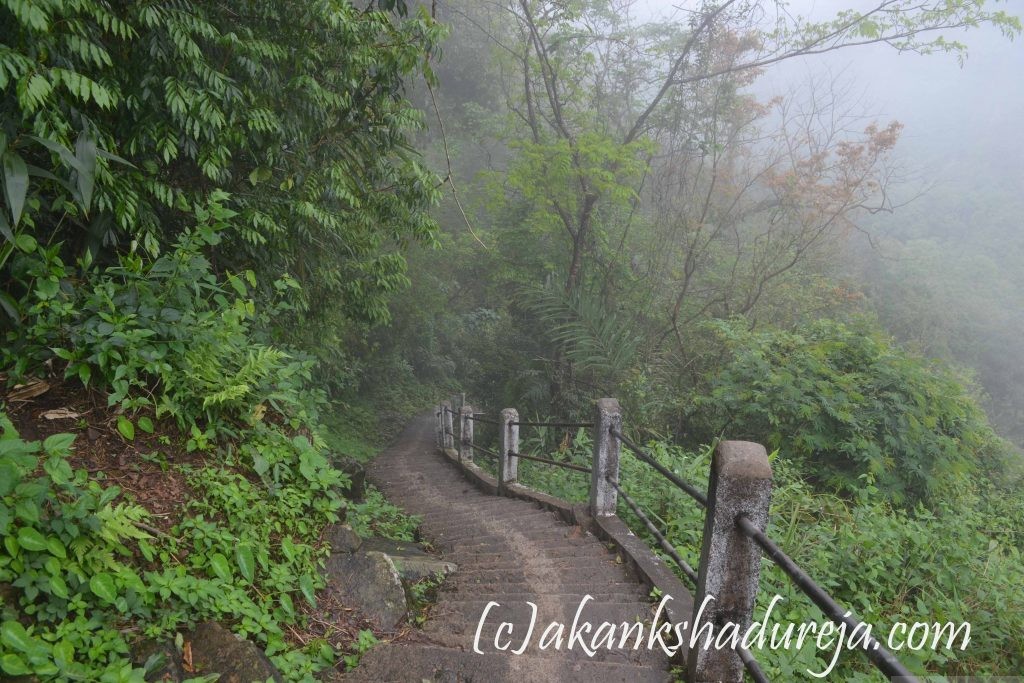

The village also had this beautiful little church which formed a picture perfect frame. Faith seeps in through the greens all around into the walls of this church, built by the villagers themselves. We got talking to some people around while sipping our steaming cups of tea, and time just came to a stand still.
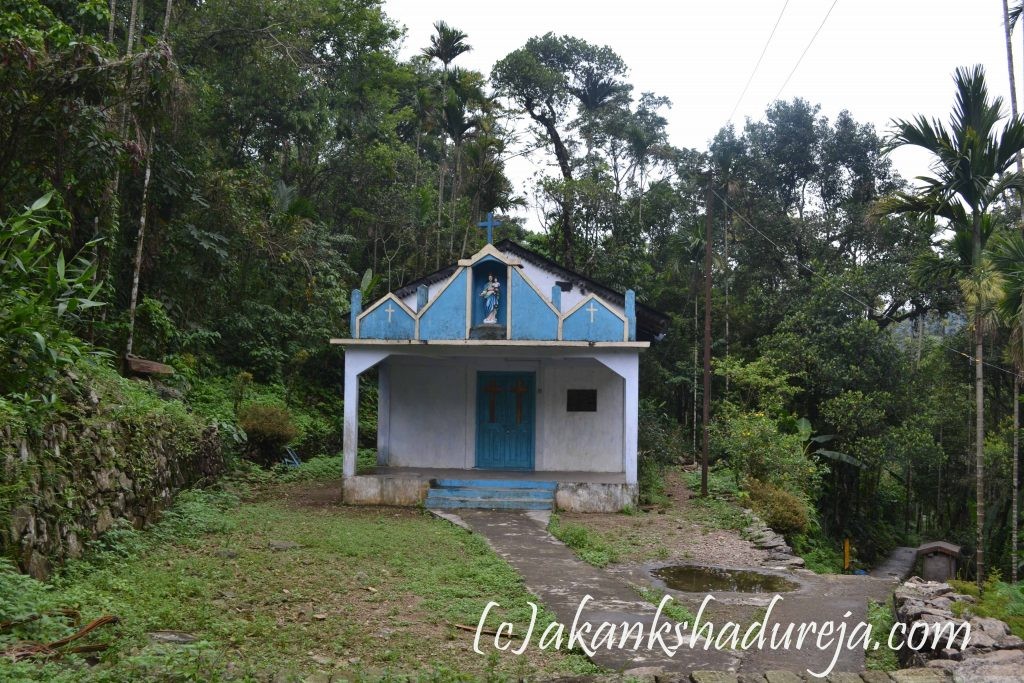
The lady in this picture had the most beautiful smile. While her husband who owned a little tea shop served us tea and biscuits, she came to pay a visit, a little curious about us. She couldn’t understand how we were roaming around without our dads or husbands. It was difficult for her to comprehend a world outside this small village, where she had spent her entire life. She had two kids, we assumed both were girls by how they were dressed. Later, we came to know about a tradition where young boys are dressed as girls, and Meghalaya being a largely matriarchal society, they value a girl child much more than a boy.

This village prepared us for what was in store for us through the trail. We encountered beauty everywhere, whether it was in the form of wild orchids, pineapples, jack fruits, stray mushrooms or the people with warm hearts.


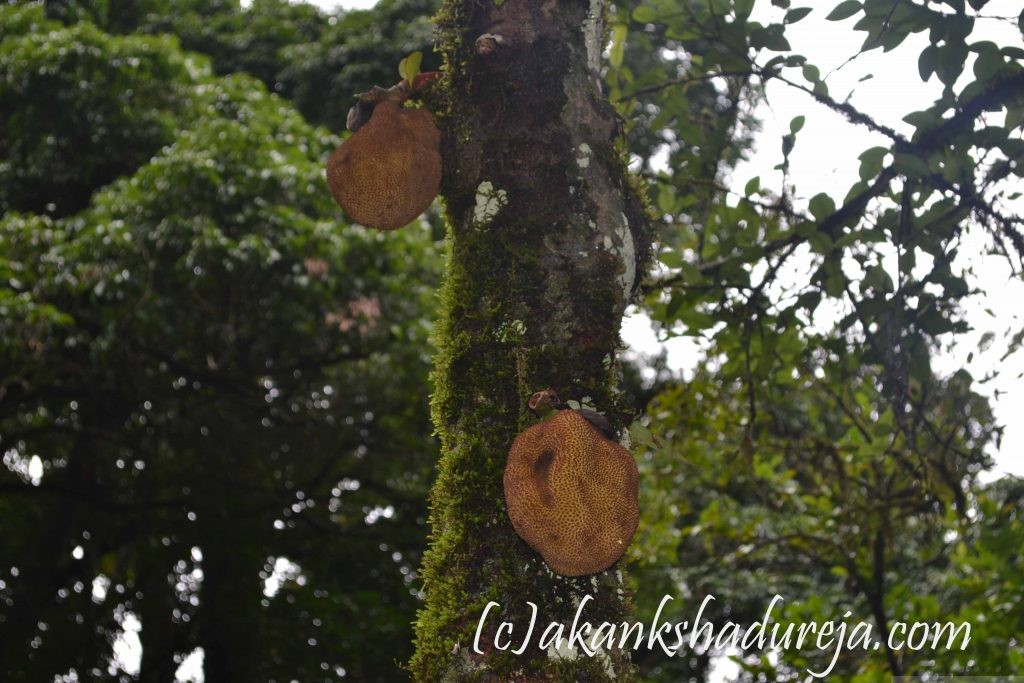



The real deal began once we left this pretty village behind. It was an encounter with the wild in a true sense. Though there were groups of trekkers all along, we could still find spots devoid of humanity for as far as the eyes could see. Spectacular views kept us company as we kept going, though picture opportunities continued to spoil our pace. With rivers flowing beneath us, bridges like this one seemed adventurous at first, but became routine after a while.

Water bodies make me happy, but seeing a stream gushing below those wooden bridges was scary to say the least. We could hardly hear anything but the sound of water rushing through. Strong yet melodious, that voice still rings in my ears, looking at these pictures.


Many challenges and 2000 steps after we began, we reached the village of Nongriat and encountered this beauty. A living root bridge, which is a huge part of the ecosystem, making us all stop and look at it in awe. This work of art is formed by guiding the pliable roots of the ficus elastica tree across a stream or river, and then allowing the roots to grow and strengthen over time until they can hold the weight of a human being. Young roots are sometimes tied or twisted together, and are often encouraged to combine with one another via the process of Inosculation. As the ficus elastica tree is well suited to anchoring itself to steep slopes and rocky surfaces, it is easy to encourage its roots to take hold on the opposite sides of river banks. Under ideal conditions, a root bridge can last for many hundreds of years. As long as the tree it is formed from remains healthy, the bridge will naturally self-renew and self-strengthen as its component roots grow thicker.
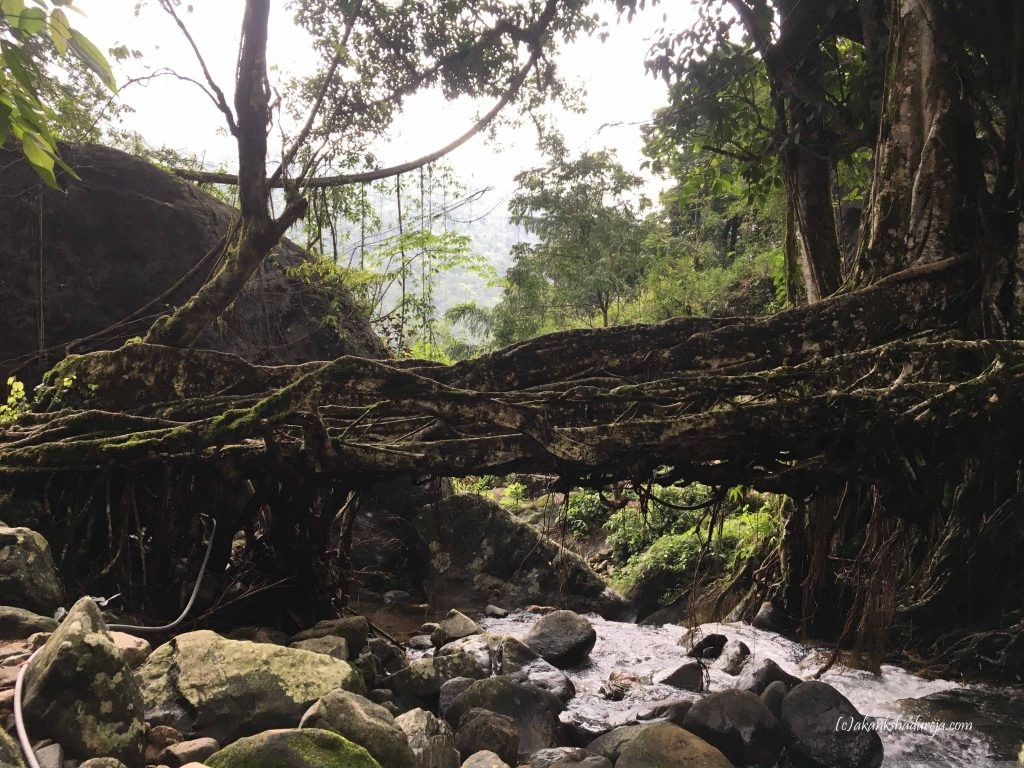
But this was just the beginning. Nongriat village has a Double Decker Living Root Bridge as well, which has now become the center of attraction. A small dwelling has sprung up near the double decker living root bridge, catering to the travelers who lose their way to end up looking for themselves in these woods. Imagine, a small make shift hut with a view of the waterfall, a living root bridge to complete that view, a hot steaming cup of chai and conversations about all things travel – that’s how I remember Nongriat. I wanted to spend a couple of days here, in the remotest part of the country, far away from routine. Someday I would go back to this village to live with nature, to wake up to a view like the one below – and forget everything else. Someday. There are a couple of very basic home-stays in the village, and it would be insightful to experience minimalism in a remote part of India.





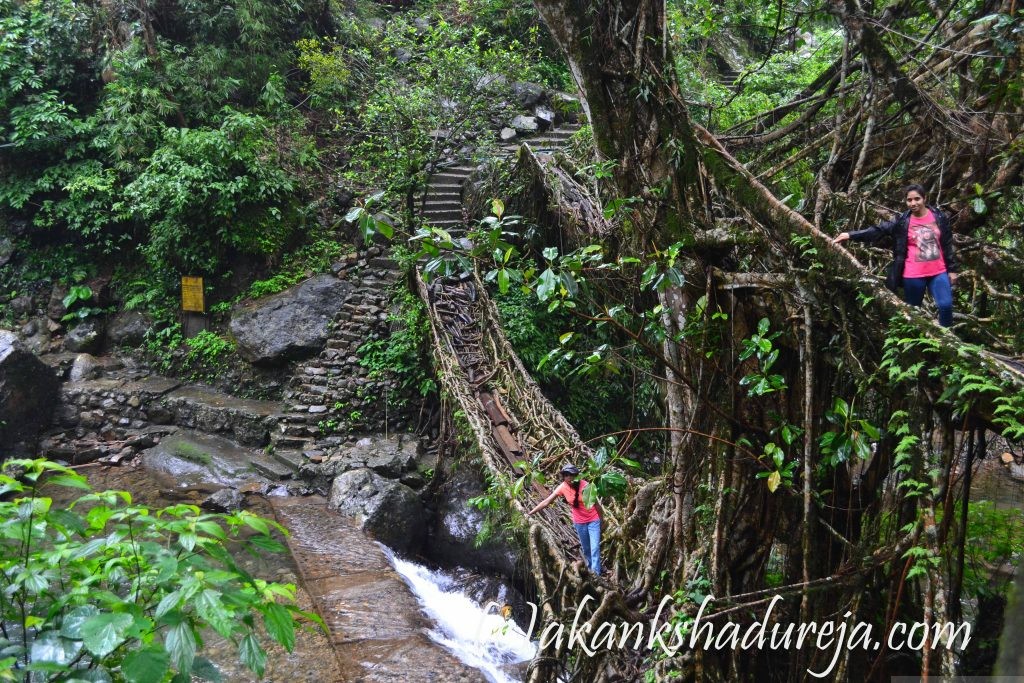
Needless to say, these bridges are the lifeline of people of Nongriat, their only way to reach the outside world when the streams flood up during rains. Learning the techniques to develop these bridges out of trees is a life-skill here, one which is needed for survival, as well as to make sure that the tradition lives on for generations to come. Words are not enough to describe such an amazing amalgamation of nature and human workmanship. They are a perfect example of how man and nature can work in harmony and create something so magnificent. We must learn from the people of Nongriat that destroying nature for our selfish needs isn’t an option- rather one could always have sustainable workarounds which are good for both.
If you ever find yourself in Nongriat, add a little adventure to that and trek further to the Rainbow Falls. This mighty waterfall deserves a separate post, so I won’t club it here.


Fantastic! Delayed but so well worth the wait!
Couldn’t visit double bridge last time… hope to visit next time
I think these places still hold the natural beauty. I am sure the place is away from the heavy commercialization.
So beautiful. I will try to go there in future. Thanks for sharing.
Regards
http://www.getzdestinations.com/